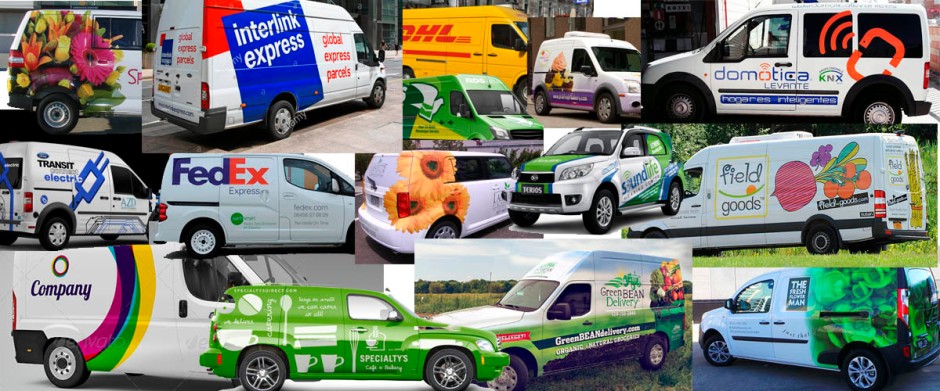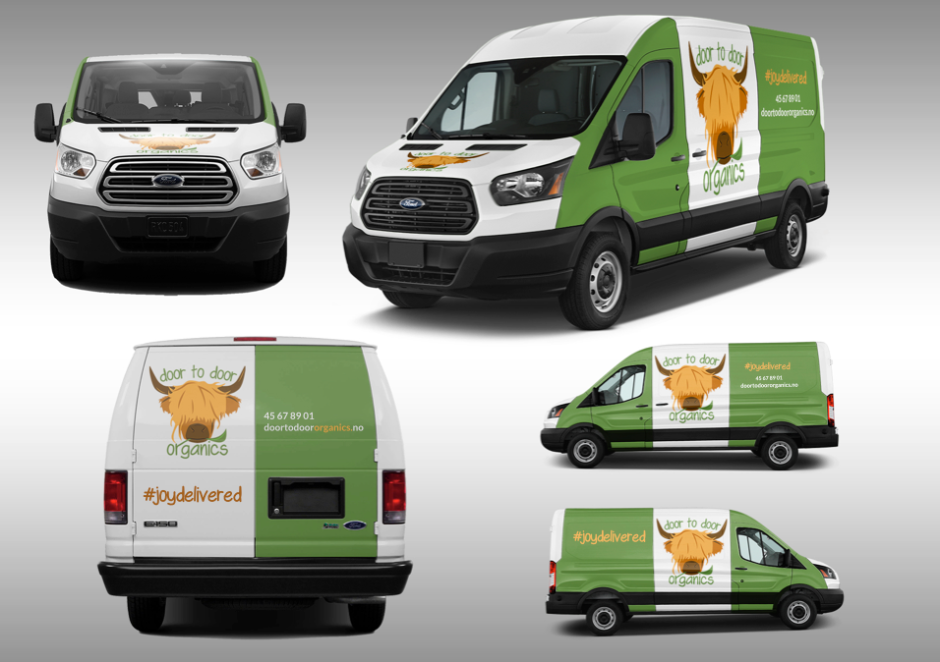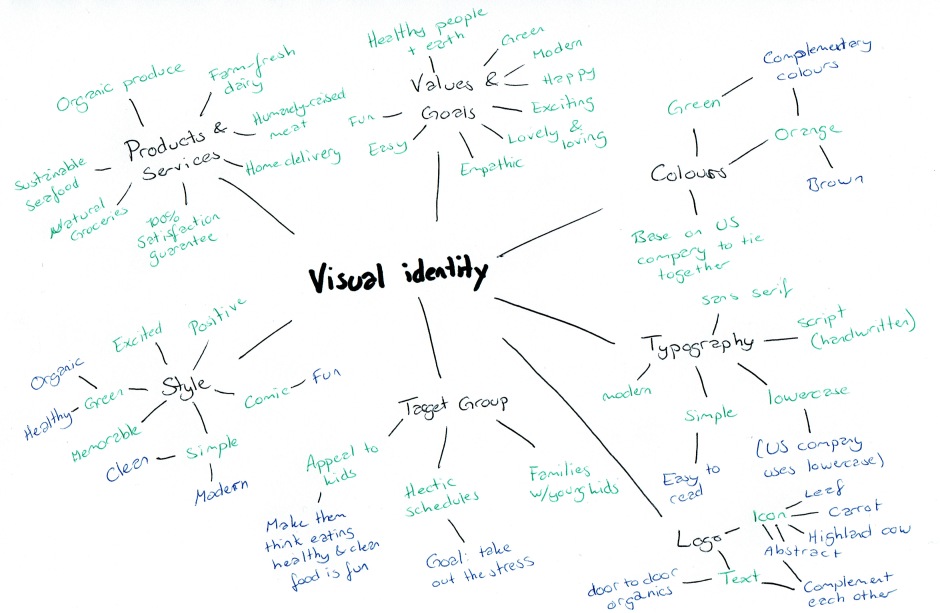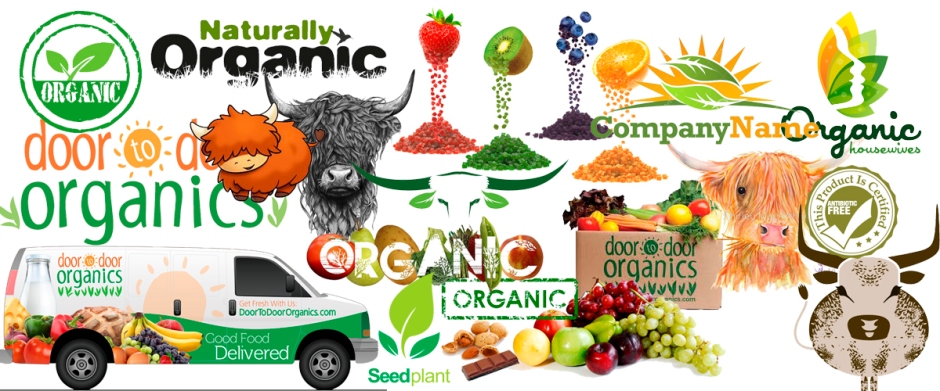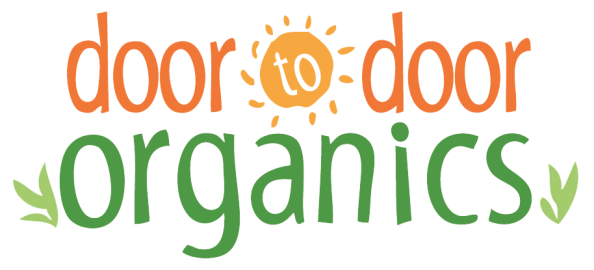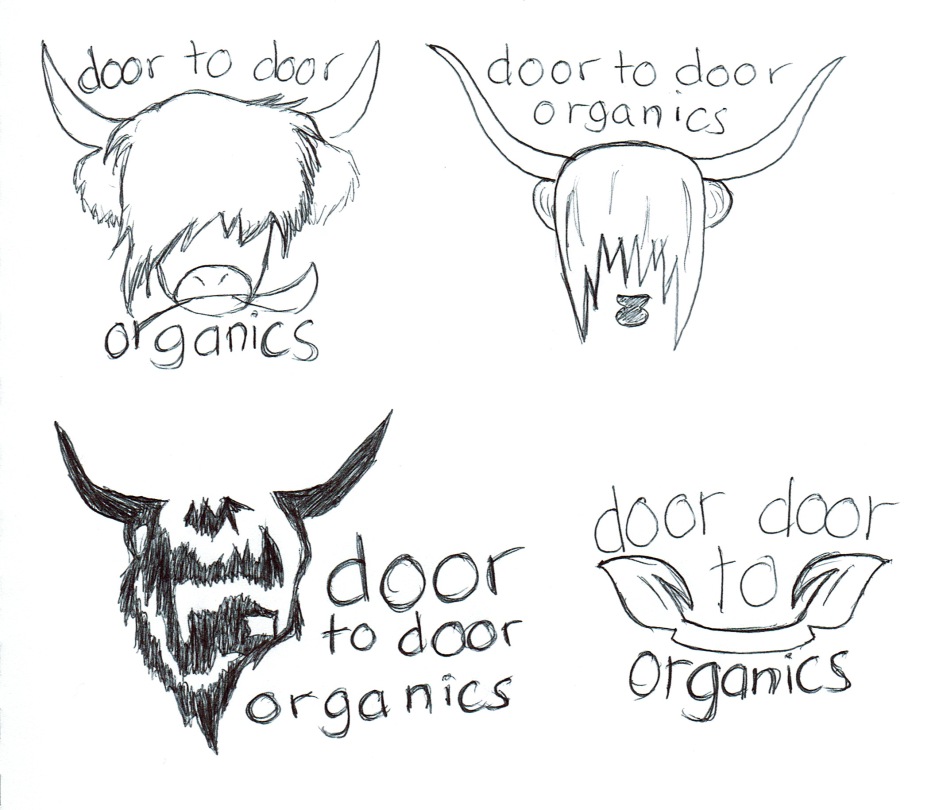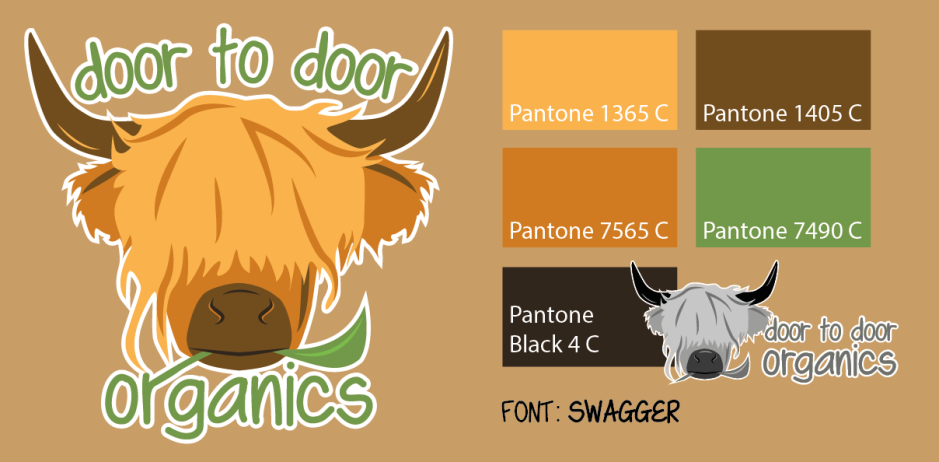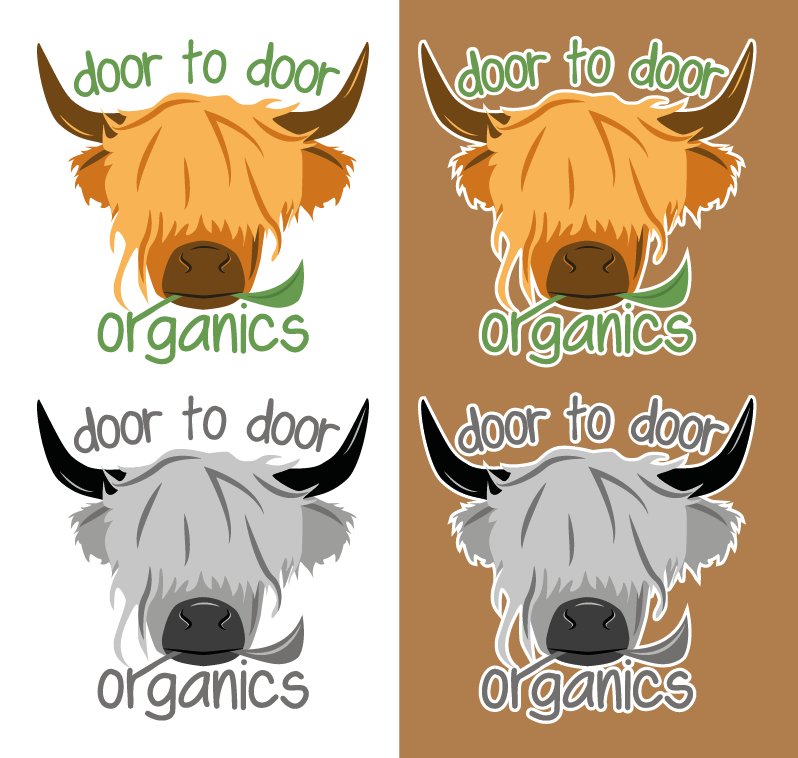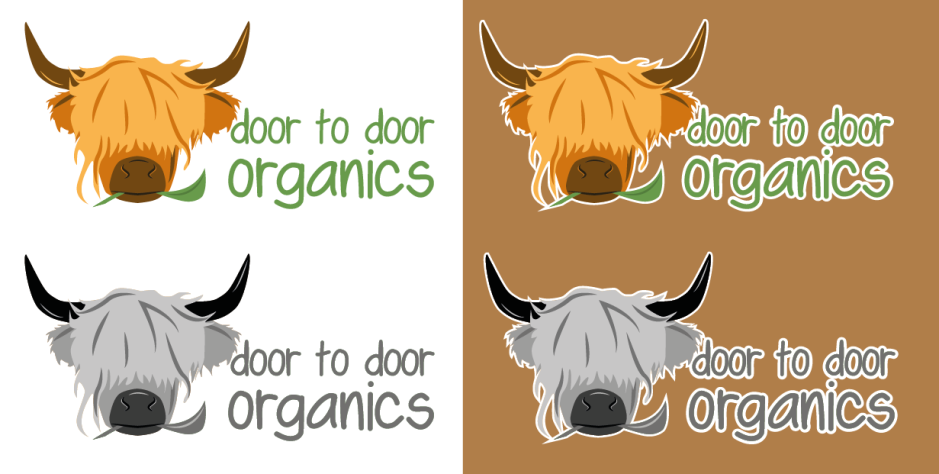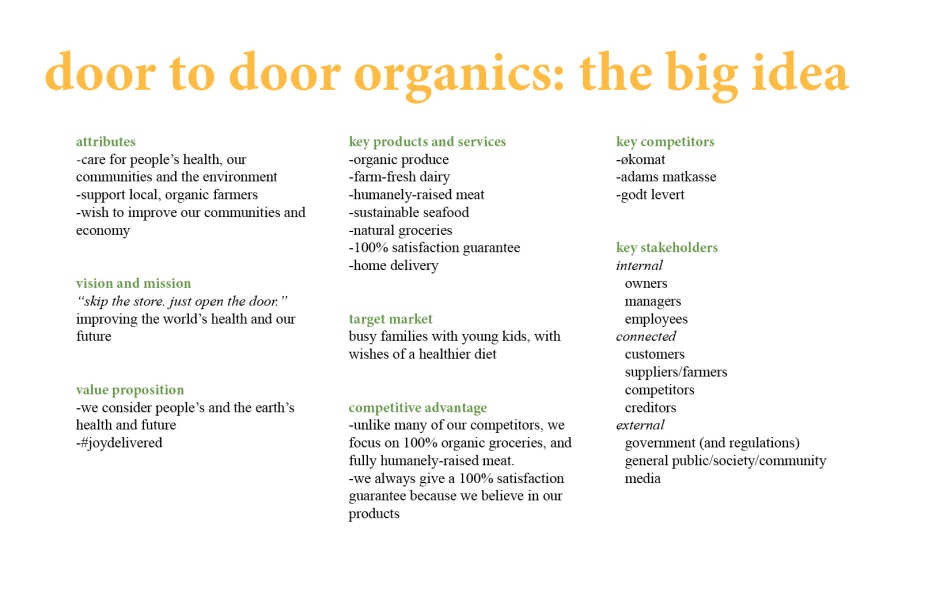The first touchpoint to design was the packaging – “suitable packaging for their products.” So I began doing some research on what materials to use, and what to remember.
The purpose of the packaging
- Functional
- Practical
- Hold the content (food) in a secure manner
- Durable (will be transported in delivery vans)
- Look appealing on someone’s doorstep
- Communicate/express Door to Door Organics’ essence to the consumer
Material
The content that will go into the packaging containers are fruit and groceries, meat and seafood, and dairy and eggs. These products will be transported in delivery vans, and may be left at people’s doorsteps should they not be at home. This means that the products may be left outside for quite some time, and both temperature and transportation are therefore factors to consider.
When thinking of different packaging options, I simply followed a few questions to guide me through the process, such as: Is the material strong, light, available, flexible? Is it biodegradable? Packable? Stable? Will it store the product in a good way? Will it keep the product at the right temperature? Is it transportable?
Door to Door Organics in the US already uses cardboard boxes. Since they care for the environment they encourage their customers to help them recycle and reuse these boxes, and will always pick up any packaging materials left outside on delivery day. To help keep the food fresh and cool, they use ice packs and insulation. One review on Yelp.com states that “Perishable items always arrive carefully wrapped in icepacks and other cooling devices to ensure that they don’t go bad before you have a chance [to] bring your Box inside. Many a Friday, I don’t get home until 10 or 11 p.m., and the eggs/milk/cheese (and even fish!) are still in perfect condition on my porch.”
Another option is to use wooden boxes. These may be more in line with the company’s look and feel, but these will be heavier than the cardboard boxes (Door to Door Organics is meant to make life easy for the clients, and even though there won’t necessary be a huge weight difference, this is a factor worth mentioning). Printing onto the material will not necessarily be an as easy and quick process as with cardboard, but may get a really cool look. The advantage of wooden boxes over cardboard boxes is storing; it is a strong material on which one can place several other boxes, compared to what a cardboard can hold. Depending on what kind of wooden box (solid or with see-through openings) water might get in, but if it’s a completely closed box the products will be safer in wet conditions longer than when stored in a cardboard box.
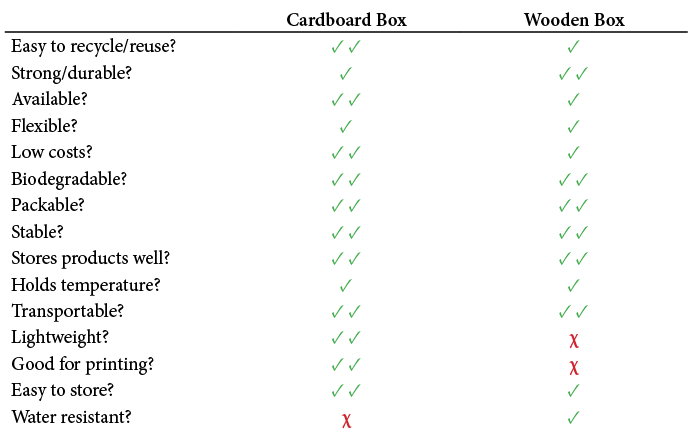
Having this table in front of me really helped me see that the most beneficial material to use is cardboard boxes. Wooden boxes will usually be a bit more expensive than cardboard, and not as easy to recycle. Printing will be harder, they’re not so easy to store when not in use (cardboard can be folded), and is heavier to work with. We could assume Door to Door Organics will have access to wooden boxes through the local farmers etc., but cardboard boxes are usually more available.
Besides, cardboard boxes are what the US based company uses, and it’s also what all the competitors I have researched use. Therefore this seems to be a good winner, with its week points at not being water resistant (should be placed under a roof if left outside), it’s not very flexible, but there is room for some flexibility, and it’s not as strong, but should be strong enough to hold the products and be stored with other boxes during transportation.
Design
After deciding on my material, I had a look at boxes for inspiration in what content to put on this box, since this was not stated in the brief. I decided to include the following:
I wanted to differentiate from the average cardboard box by making it white rather than brown; this is the colour I wanted the van to have as well, and would this way bind these together. Plus, this, to me, makes the company come across as more modern, which is something I would like to do.
Thinking of different cardboard boxes and how to fold them, I was first thinking of a box with a fold on the middle on the top, and did my initial sketches like this. I later changed my idea to having the top lid be one whole piece, and instead fold this into the box. This helped the design as I wouldn’t have to think of placing elements in relation to the folds, and I also think it’s nice because it lets you close the box after opening, in a hassle-free way.
This slideshow requires JavaScript.
Before going over to Illustrator I did some sketches for the box type illustration I wanted to integrate. I found inspiration on Google, and also had a closer look at Door to Door Organics’ visual elements. That is what I ended up using for my main inspiration; the “Joy Delivered Guarantee” symbol shown on my Door to Door Organics moodboard.
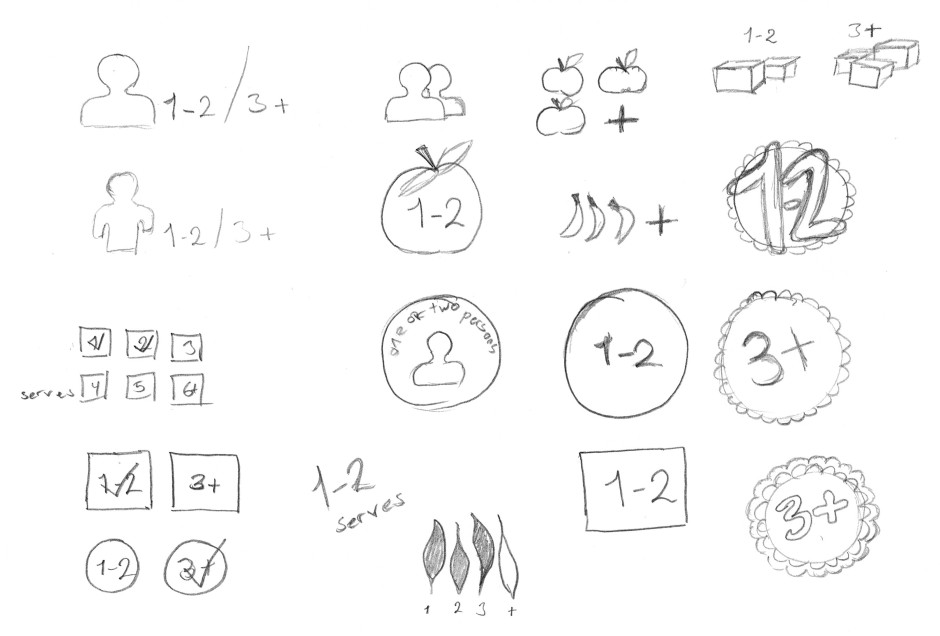
After doing this I digitized what I considered the best ideas, and also made some quite simple icons in Illustrator based on photographs of groceries. I found a few of each of the different types to show the variety of products. I then began trying to visualize my box ideas in Illustrator, making the die line and adding a bleed of 3mm.
This slideshow requires JavaScript.
My concern with this die line was the top, and so I ended up changing the box’s layout a tad.
This slideshow requires JavaScript.
I finally ended up making two slightly different designs. Most sides are the same, and all elements have the same placement on both boxes, however some colours and fills separate the two.

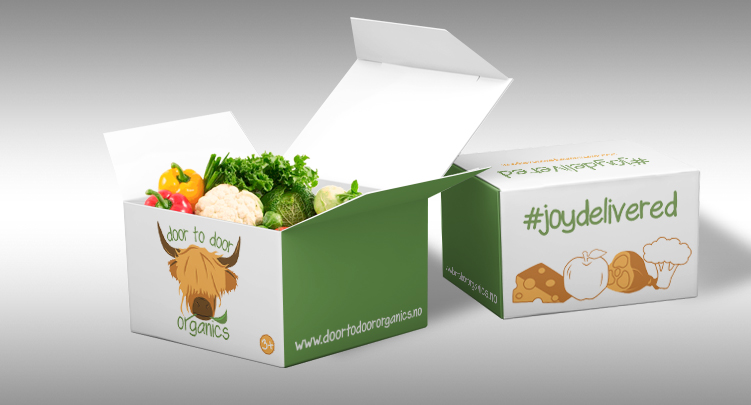
Until next time, stay creative,
Monika
SaveSave


